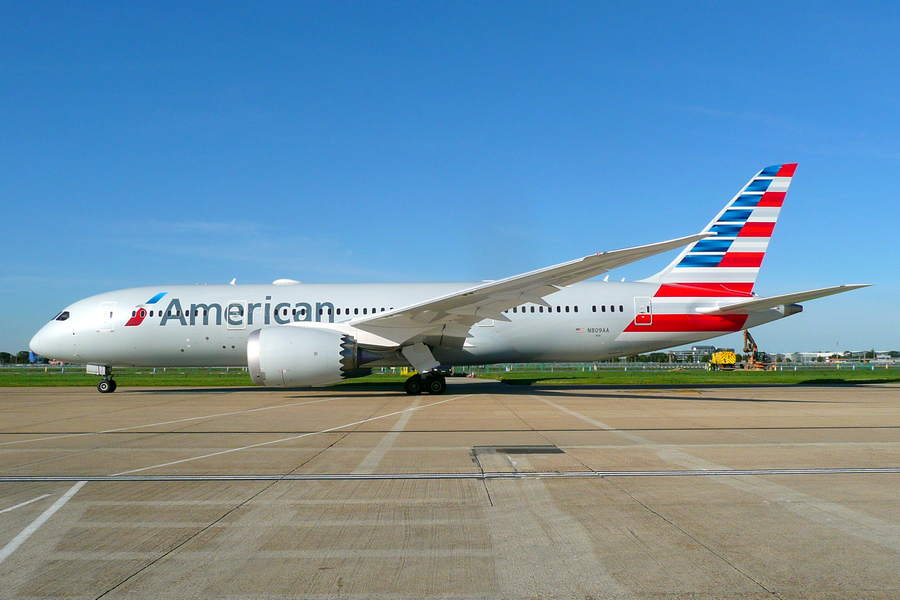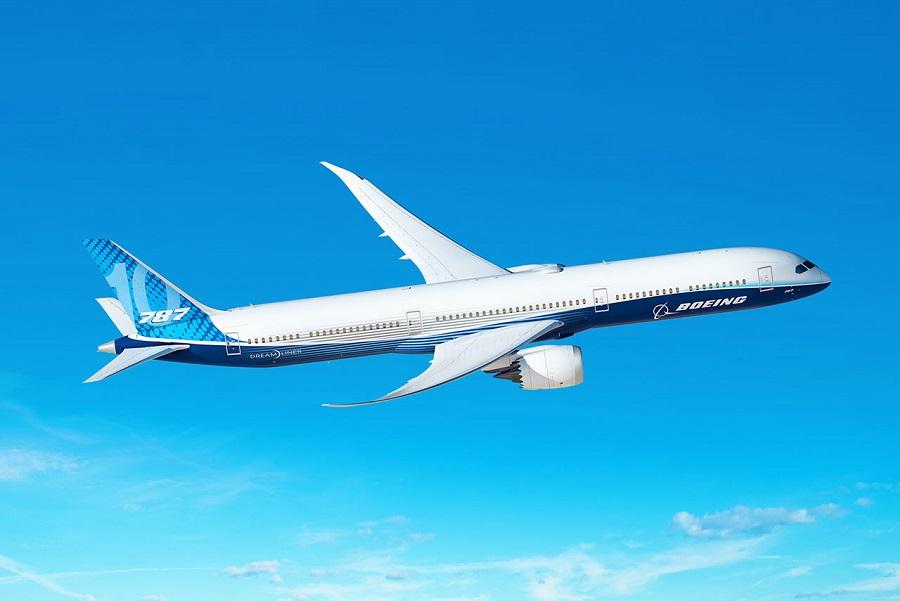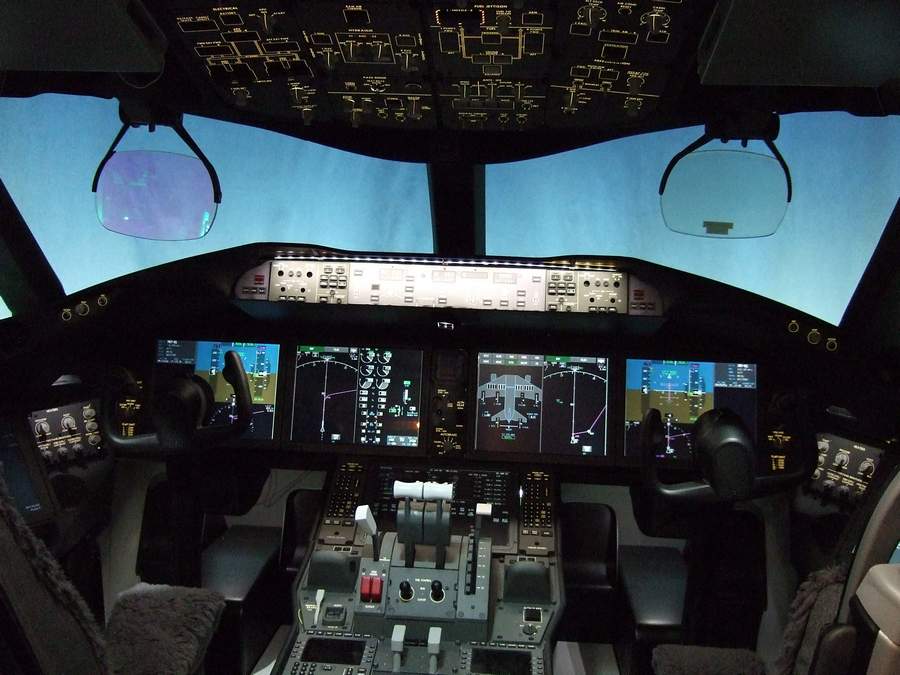The row between the aviation world and the telecoms world over 5G got a new twist this week, involving specifically the Boeing 787!
We have covered the ongoing row around 5G, with a very recent article. In short, it’s about how close the 5G frequency is, to the frequency that airliners use for their radio altimeters. Aircraft need these radio altimeters, to get precise information during approaches in poor weather. 5G is very close to these frequencies. And interestingly, 5G in the US is closer to these frequencies than 5G in Europe or South Korea. But it’s not that simple. You can read more about this HERE.

This past week, FAA started releasing hundreds of NOTAMs (Notices To Air Missions) relating to this matter. And as Reuters noted, one of them reveals what the FAA thinks is a potential issue that the 787 has with 5G interference. The FAA states that Boeing 787 crews need to take “additional precautions” when coming in to land on wet or snowy runways.
Boeing has had to deal with a number of problems with the Dreamliner in the past year and a half. These issues relate primarily to the manufacturing and assembly of these aircraft. But this 5G issue seems to have to do with how the 787 uses some of its systems. According to the FAA, interference could prevent the aircraft’s engines and brakes, to transition to landing mode.
5G And The 787 – More Elaborate Systems?
The above seems strange. It suggests that in the case of the 787, 5G interference could affect more sensors, than simply the radio altimeter. Looking at the actual FAA document, we see that the 787’s systems use radio altimeter data in more elaborate ways than other aircraft. The agency decided to issue this document following the issuance of Boeing’s own Multi Operator Message MOM-22-0001-01B.
The FAA document includes a list of 787 systems that could suffer adverse effects in 5G interference. They include the autopilot/flight director system, the autothrottle, engines thrust reversers, flight controls, instruments, TCAS, GPWS and configuration warnings. This is because the interference could prevent the aircraft to transition from AIR to Ground mode. The 787 is a fly-by-wire design, but the same goes for many other airliner types flying today.
Aircraft typically rely on weight-on-wheels (WOW) sensors, to let their systems know that they are on the ground. But in the case of the 787, it appears that the radio altimeter has a key role in the process, making 5G interference a concern. The reference to “wet or snowy runways” suggests that 5G could degrade the performance of radio altimeters on smooth surfaces.
So far, there has been no reaction to this story from telecom companies. 5G is coming to the US from the 18th of January. And Both Verizon and AT&T are adamant that 5G will coexist peacefully with aviation. As we previously saw, the companies will start with more conservative frequencies and power levels. And it seems that 5G has already operated at these more conservative conditions in other countries, with no ill effects.





